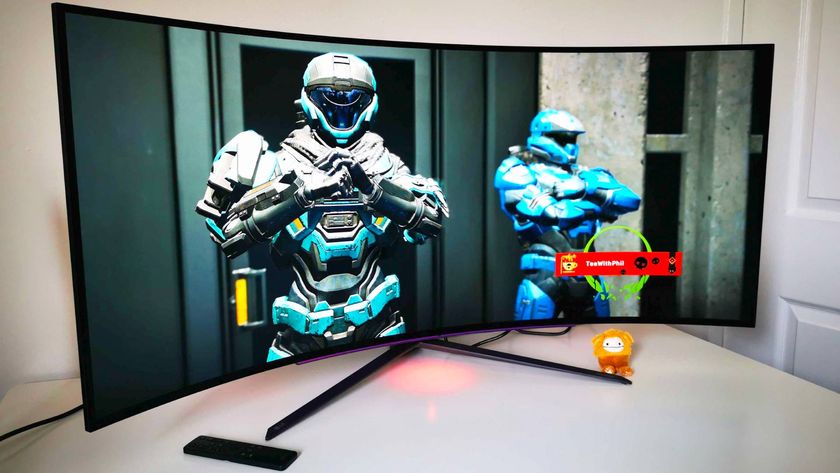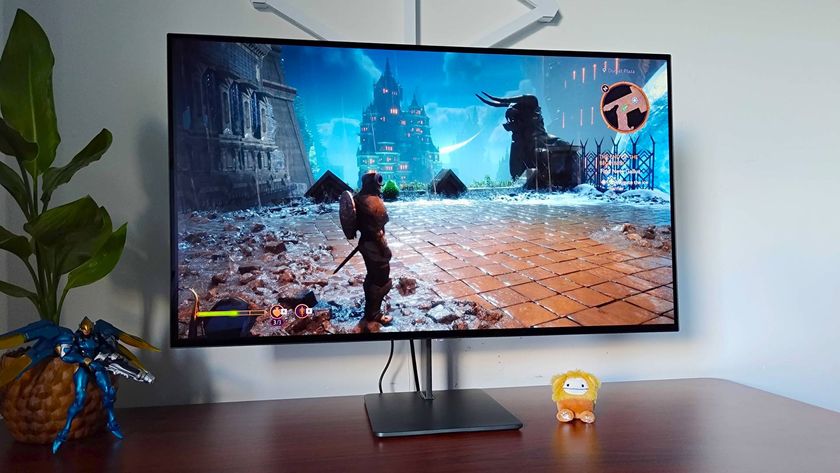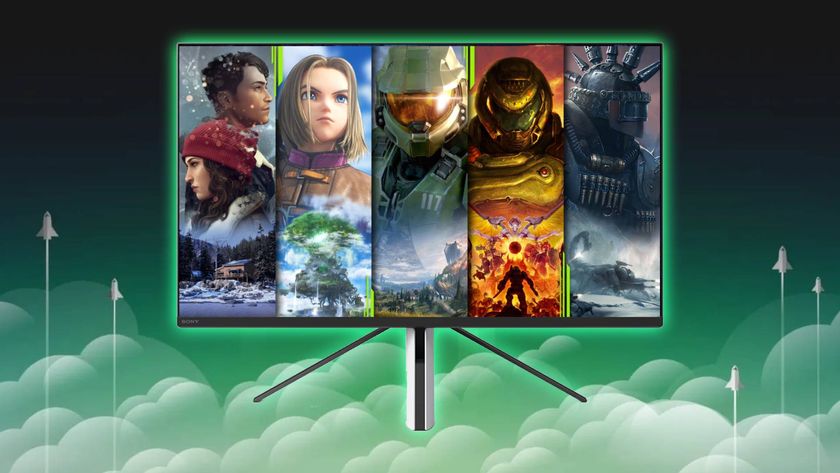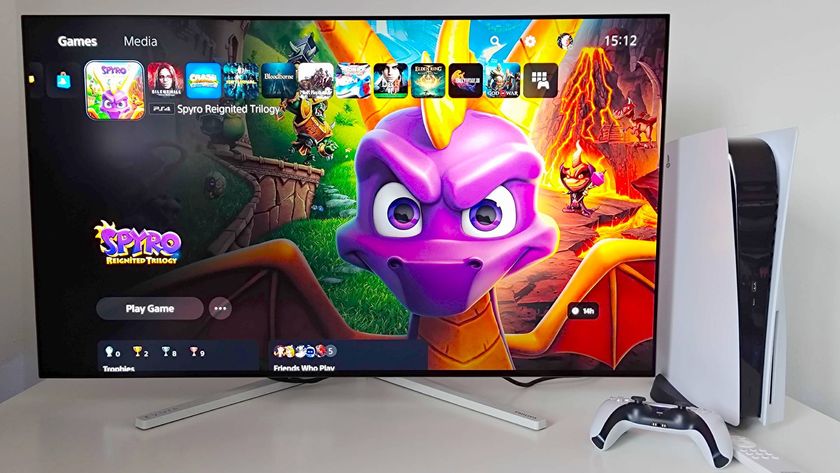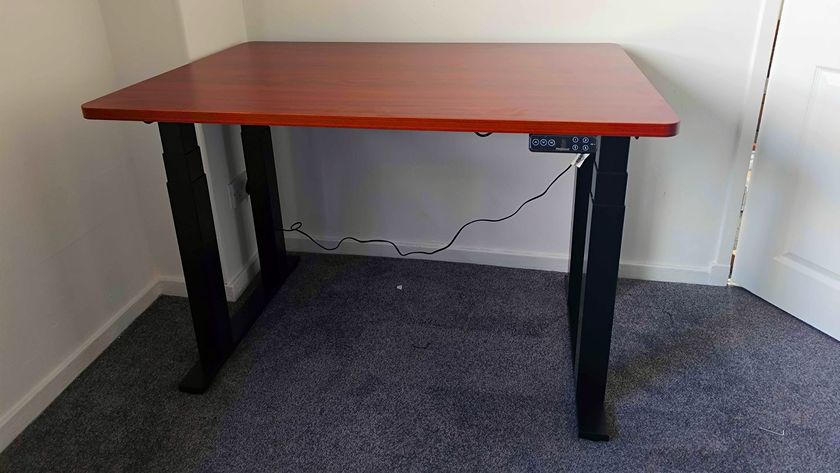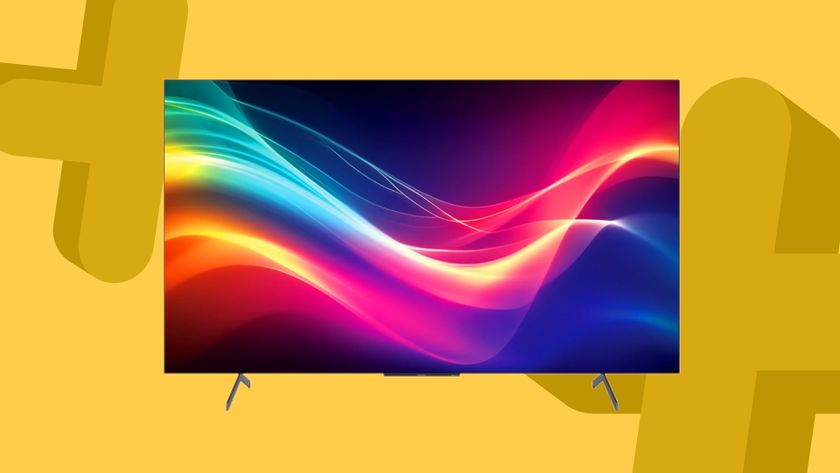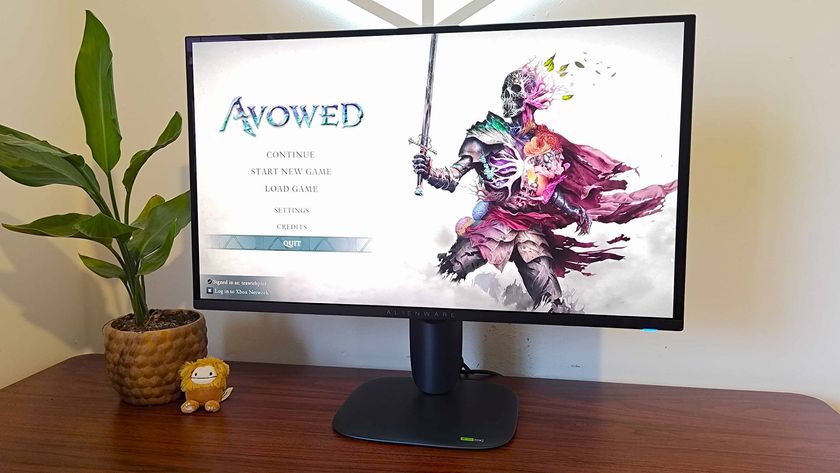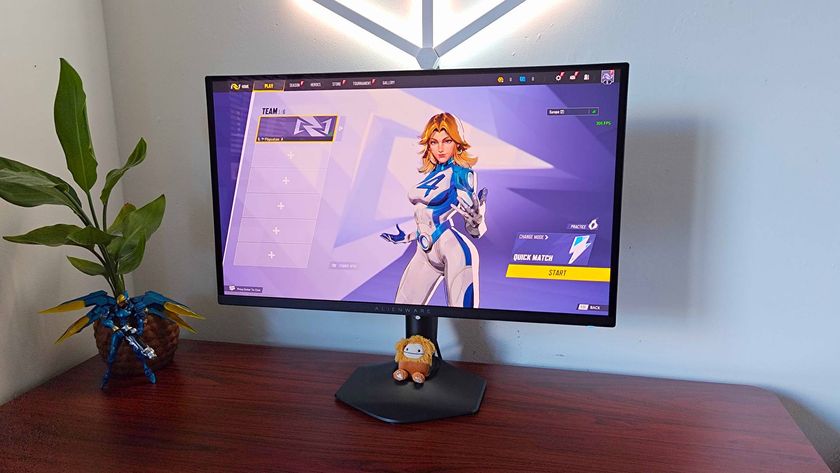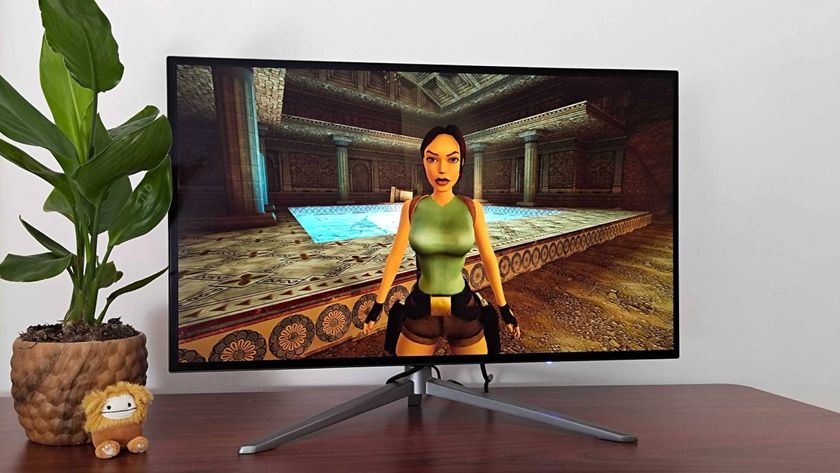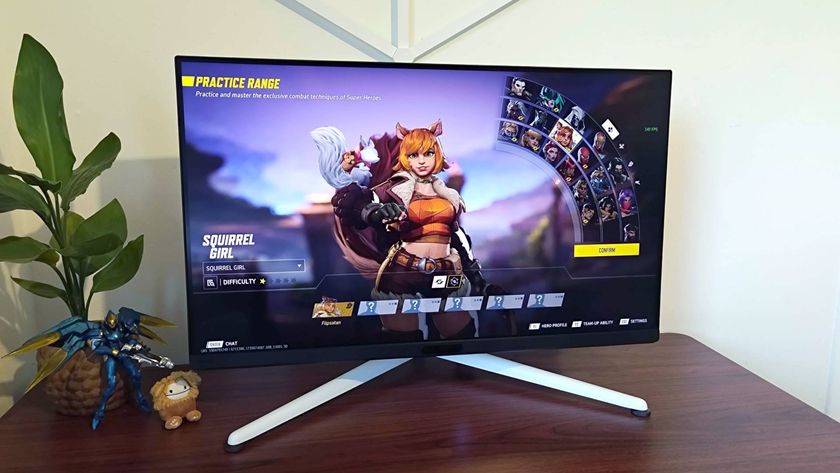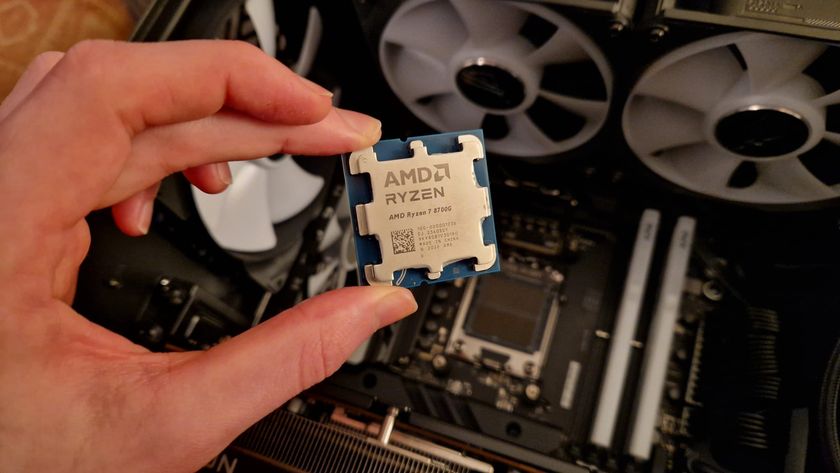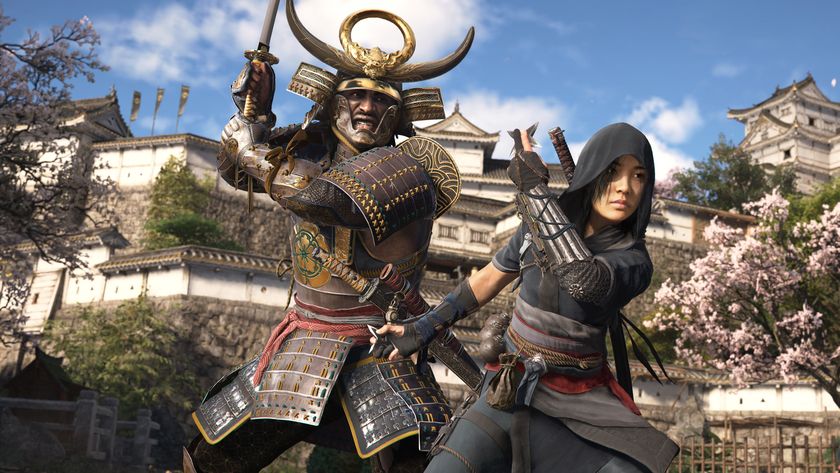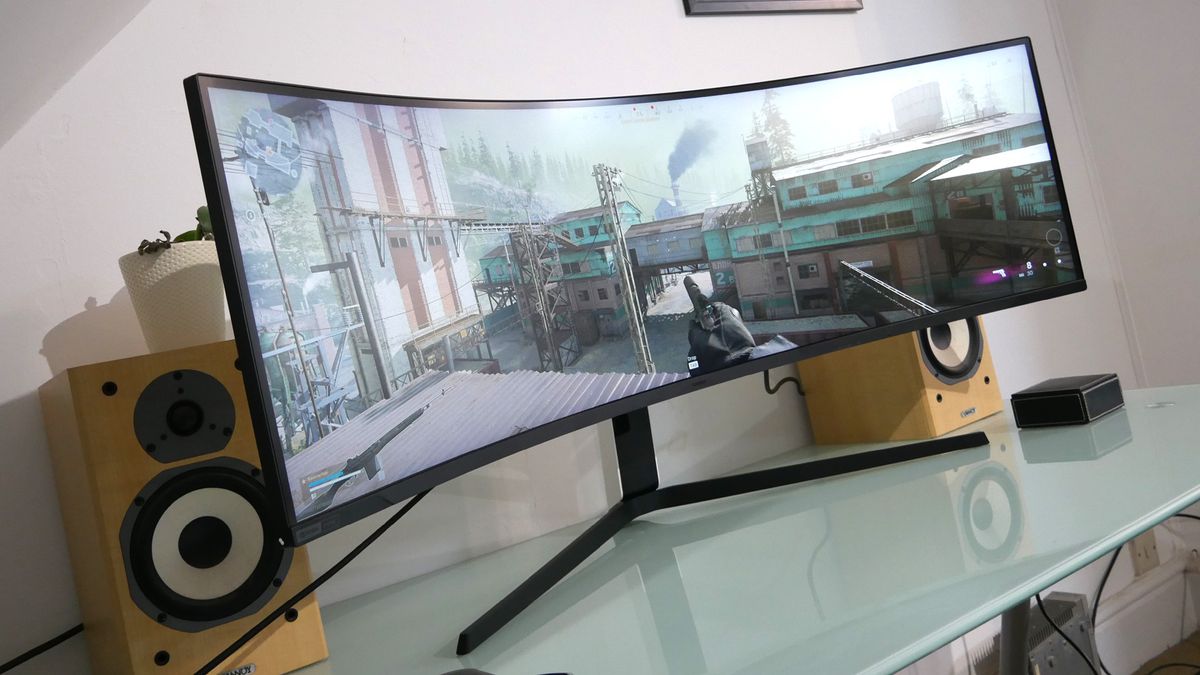
The match-up of flat vs curved monitors for gaming is a great divider in the screen field. Once easy to dismiss due to the price point of curved screens, that defining gap has closed in recent years, and now the full spectrum of screens is as affordable as ever. That's great news in one respect as there are more options, however, that does mean there are more choices to sift through to find the perfect screen.
Nowadays, there are some excellent features across all types of monitor and we've never lived in such a blessed time; be you after one of the best gaming monitors regardless of curvature, or specifically one of the best curved gaming monitors you will have a breadth of genuine quality to choose from. Each type will be filled with gaming chops, the latest features, plenty of ports, and specs that you'll ever need and the choice has never been wider. This means if you're after something more specialist like one of the best G-Sync monitors or the best G-Sync compatible FreeSync monitors you'll still be looked after.
But how do you choose between them? The main differences in the flat vs curved gaming monitor standoff can easily rule out either type depending on your setup and viewing preferences. We're breaking down the biggest factors to consider when picking between a flat or a curved gaming monitor, and as long as you keep thinking about budget, how and what you play, and some physical factors, then you should find yourself in a great position to make that decision in a few minutes time...
TL;DR: Flat vs curved gaming monitors compared
Flat gaming monitor
- Traditional and familiar
- TV-like experience
- Efficient use of desk space
- Perfect for multi-monitor setups
- Traditionally cheaper
- Lightweight
Curved gaming monitor
- Great for immersion
- Excellent viewing angles
- Better for aiming media at the user
- Can take up a lot of room
- Traditionally more expensive
- Excellent for productivity
Flat vs curved gaming monitors: size
Well, we'll start with the obvious, and that's the form factor. This will be enough for some folk to make the decision outright: some will prefer the simplicity and straightforwardness of a flat monitor, and some will prefer the sweeping line of a curved monitor. Once you've used flat screens for years, for example, going to a curved on can be quite jarring almost. However, moving back to a flat screen from a heavy curve can be just as mind-bending.
As an extension of the form factor difference, the size difference is notable too. You'll find larger corner-to-corner screens on flat monitors (using the TV measurement, so to speak), though you'll also find that curved monitors will provide wider, and longer screens. While you can get 'big' monitors in either form, it can be about different axes - there's a reason an awful lot of ultrawide monitors are curved, for example.
One last thing on size, and that's that going the curved monitor route will mean that you'll have to have some extra desk space to work with. Curved monitors can be real desk hoggers given the extra space they need - and they are also weightier given they need more structure and stand to keep them in position and support them.
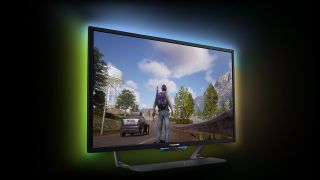
Flat vs curved gaming monitors: immersion
The difference in use primarily comes down to immersion and how one views the screen. There is no denying this main point though: curved monitors offer a level of immersion - particularly in gaming - that flat monitors just can't. Even a modest-sized curved monitor really draws you into the action and even a gentle curve can wrap around your view to heighten the experience. When you do get to larger sizes of curved screens, and into ultrawide territory, the ability to manage multiple programs at once is a great benefit - it can basically replace a dual monitor setup in one fell swoop.
Sign up to the 12DOVE Newsletter
Weekly digests, tales from the communities you love, and more
It is worth noting that curved monitors can offer slightly better experiences when considering every last pixel; due to the whole monitor being pointed toward your eyes, you can benefit and see - and thus use - more of the screen more effectively. However, this isn't to say that the edges of flat screens are largely redundant - just potentially open to a little distortion and being a bit dull.
Flat vs curved gaming monitors: features
In their actual execution, both flat and curved monitors produced these days offer a range of additional gaming-focused features and specs. You'll find a variety of refresh rates in both styles, there's a range of response times on the market, and the color reproduction and HDR qualities vary from monitor to monitor as always.
You'll just have to think about which of these features are the most important to you - but you could largely think about this after deciding which side of the fence to come down. The one thing here is that you'll often get some super cool, 'longer' resolutions on curved monitors - they are the dominant species when it comes to wide resolutions. You'll potentially need a beefier graphics card with a larger monitor and larger resolution, remember, but that goes for both form factors.
Flat vs curved gaming monitors: price
Lastly, traditionally there have been, and largely still are, budget differences too with curved monitors often retaining those higher price tags. This has evened out a little bit, but you should still be prepared to pay more for curved beasts - especially the massive ones, which can often comfortably be the price of two smaller flat gaming monitors.
Who should buy a flat gaming monitor?

If you are used to a traditional flat-screen TV or work setup, then a flat gaming monitor is for you, in the simplest way.
These panels are excellent for gaming, work, and entertainment, so you can't really go wrong with one. You'll also reap benefits such as saving money, requiring less desk space, and knowing that you can always add another flat screen to get a sweet, sweet dual-screen monitor setup. This latter fact will also see you get close to recreating one curved ultrawide screen experience (and potentially still for less cash).
Native resolutions for almost all games apply to flat screens too, so you'll never have to worry about a game not being supported on your monitor's slightly unique pixel count. And because 4K is exclusive to flat screens (for now) this also means that if you're after a PS5 monitor or Xbox Series X monitor (or a PS4 monitor) then you're probably better off with a flat display to get that 4K gaming monitor experience.
You will lose that extra immersion that curved monitors offer, but there's a reason that flat gaming monitors are still the go-to option - the very top models are still likely to be flat ones.
You should buy a flat monitor if you:
- Want to maximise your value for money
- Would like to keep 4K resolutions in consideration
- Have more limited desk space
- Potentially want a larger screen (vertically corner to corner)
- Use the monitor for console as well as PC
- Want the safe choice - all games will be made for flat-screen resolutions
Who should buy a curved gaming monitor?

Now, if you've always been a fan of extra immersion in games (and all visual media to an extent) then a curved monitor is the best way to get some of that in a visual form. The curvature of these screens ensures that images and moving pictures bend beautifully around your eyes, and ensure everything is pointed directly at you. It's a unique experience that's very difficult to leave once it's been tasted.
However, while this effect does enhance some games particularly well, if the game is unsupported in a specific resolution on a curved beast, then you'll have a subpar picture with black bars taking up dead space on your monitor - just be aware of that.
You'll still be able to find loads of curved monitors with great gaming chops and specs too so you won't have to compromise on that either, and that extra immersion can really be worth the investment.
Elsewhere, you'll find the curvature of the screen also draws you in to whatever you're doing on screen, and even simple work tasks become a little easier to focus on.
Grab a curved gaming monitor if you:
- Desire extra immersion in games
- Have desk space to accommodate a larger screen
- Value having broader viewing angles
- Are chasing an ultrawide setup
- Aren't too bothered about 4K
- Have a larger budget (broadly speaking)
- Want to reduce eye strain
To round out your gaming screen research, check out our guides to the best gaming TV, best 120Hz 4K TV, and best TV for PS5 and Xbox Series X.
Rob is the Deputy Editor of sister site, TechRadar Gaming, and has been in the games and tech industry for years. Prior to a recent stint as Gaming Editor at WePC, Rob was the Commissioning Editor for Hardware at 12DOVE, and was on the hardware team for more than four years, since its inception in late 2018. He is also a writer on games and has had work published over the last six years or so at the likes of Eurogamer, RPS, PCGN, and more. He is also a qualified landscape and garden designer, so does that in his spare time, while he is also an expert on the virtual landscapes and environments of games and loves to write about them too, including in an upcoming book on the topic!
